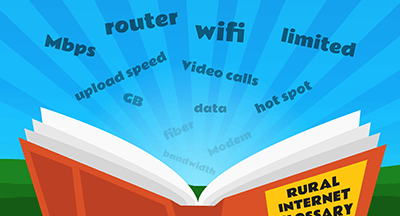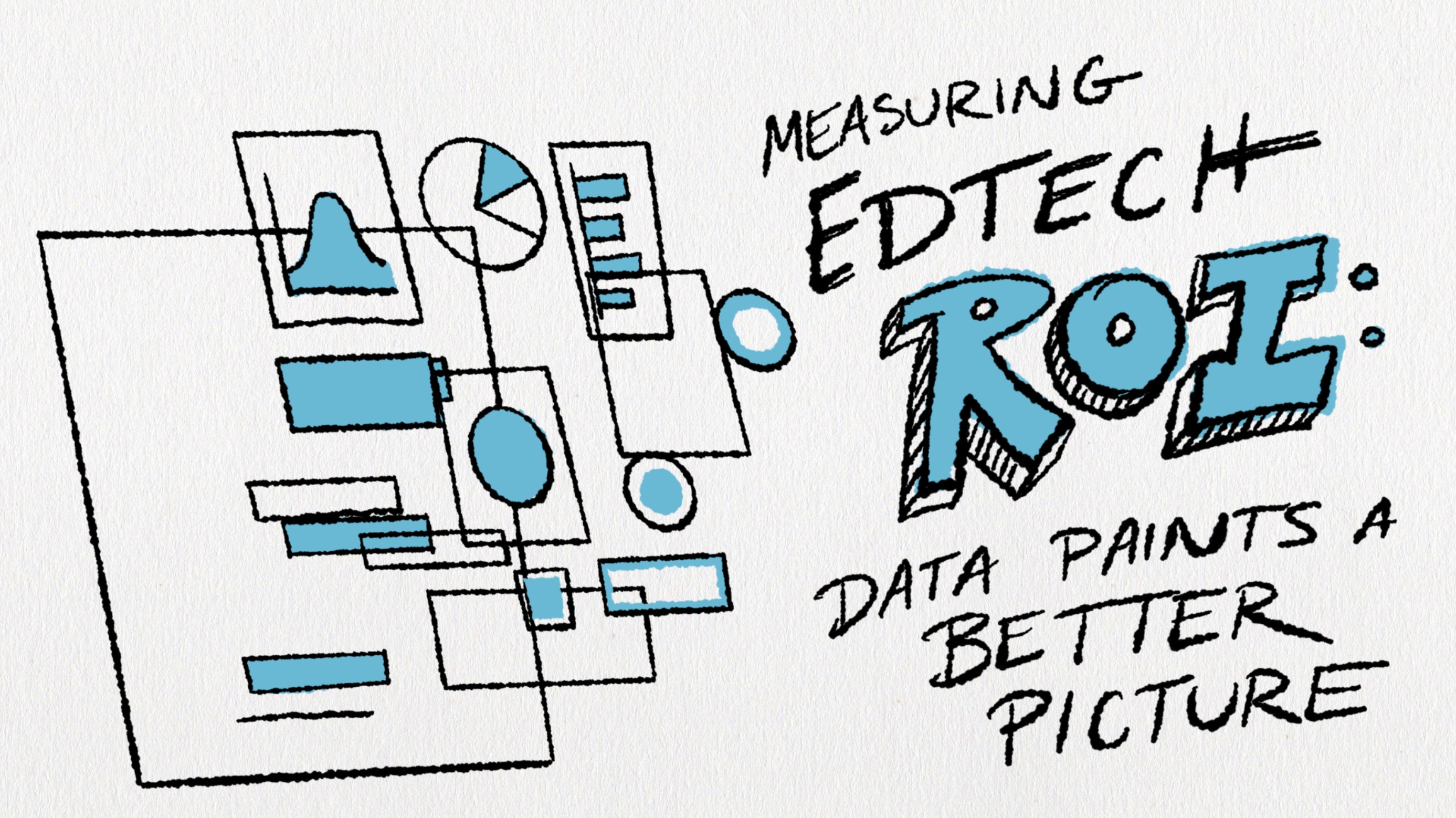
Education technology provides a tenuous lifeline to millions of students in 2020.
Without the connections afforded through various programs, teaching and learning simply wouldn’t be happening. District leaders deserve a resounding round of applause for making it happen at all.
Educators don’t stop at satisfactory though. They’re always striving for something more. The edtech solutions currently shoring up districts nationwide leave much to be desired in many ways. Let’s explore how CTOs can add to their vetting process to ensure their edtech isn’t simply functional, but top-notch.
Content (yes all of it)
Content matters, and equitable content is non-negotiable. For instance, one district owned a practice program occasionally used for enrichment, but remote learning increased its use. As students delved deeper into the program, inappropriate content surfaced—and kept coming. Even a hint of racist or misogynistic content renders a program irredeemable, because no matter how benign or “old-fashioned” it may seem, student users are still learning foundational information about their identities and others’ identities. A misstep here can impart a hurtful trope for an entire generation.We are learning every day how to be more inclusive, less hurtful, and overall better people to our neighbors. A huge part of that is the not-so-simple act of learning to listen to people who don’t share our experiences, and doing so proactively, not reactively after the hurt is already cemented.
What is the solution? CTOs cannot possibly be expected to view every single piece of content in a program, and vendors won’t be leading a demo with vintage content. The vendor in question for this example was happy to remove content others had reported as hurtful, so what’s the problem?
Delegate content review to someone with a background in spotting inappropriate content others miss. In the writing biz, these folks are known as sensitivity editors. The added cost up-front may pinch, but stretch your imagination into the future: picture the fallout of discovering something foul in a program you already paid big bucks for, and having to start fresh in the middle of a school year.
Security
Data privacy and security is always in the back of our minds, but it’s perennial like flowers: when you walk by them every day, soon it all fades into the scenery. Luckily, more vendors are expanding their security practices on behalf of all their users.Security has a ripple effect through all school data. In particular, vendors work to increase the security of the most vulnerable entrances to a network: humans logging in.
Once hackers have a password, they may gain access to multiple interoperable systems. While phishing accounts for a huge number of breaches, some are simply due to people using inferior or outdated password practices. Look for security practices that include updated methods, rather than familiar ones.
Passphrase (not password) requirements are the new turn of the tide. This can be the difference between an easily compromised password breach and a password that takes literal centuries to guess.
Multifactor authentication (MFA) may include one-time passwords, push notifications to trusted devices, and physical credentials such as badges or even biometrics. These additional security tokens help confirm the person who is logging in is actually the person who needs to be there. Usernames and passwords can fall into nefarious hands so easily that kids are stealing them. MFA can help with that.
Finally, transparent communication about security updates and support for increasing user security are signs that a vendor will be proactive, rather than reactive, toward threats. Data may be able to be recovered, but once it’s compromised that personal information is in the hands of whoever breached it.
Support
School IT teams are overburdened to say the least—one district received 35,000 tech support calls in a single day. Edtech vendors can ease this burden by recognizing their technology reaches far beyond the decision-makers in a district.This is not to say it’s appropriate for education vendors to field support calls directly from parents. Education privacy laws often forbid this, and school officials are the ones building relationships with end users. However, as vendors build their support libraries, offering introductory guidance for families can ease the burden of tech support calls to districts. These should be different than typical professional development options. Instead, click-by-click tutorials can help guide families who are just beginning to learn how to use computers, let alone fairly sophisticated edtech.
The bottom line
Edtech choices are a gigantic investment for school administrators, and these budget-busters contain hidden choices. Vetting edtech takes a lot more than a quick glance at the vendor’s website. Instead, choosing education technology results in a long-term partnership not only with a district tech team, but with all the users involved.A smart investment takes a team effort, and the team must take into consideration all types of users.
Follow-up resource: Vetting apps
Third party applications provide enrichment and risks to districts. Learn how to ensure apps are safe and secure.WHAT'S NEXT FOR YOUR EDTECH? The right combo of tools & support retains staff and serves students better. We'd love to help. Visit skyward.com/get-started to learn more.

|
Erin Werra Blogger, Researcher, and Edvocate |
Erin Werra is a content writer and strategist at Skyward’s Advancing K12 blog. Her writing about K12 edtech, data, security, social-emotional learning, and leadership has appeared in THE Journal, District Administration, eSchool News, and more. She enjoys puzzling over details to make K12 edtech info accessible for all. Outside of edtech, she’s waxing poetic about motherhood, personality traits, and self-growth.




